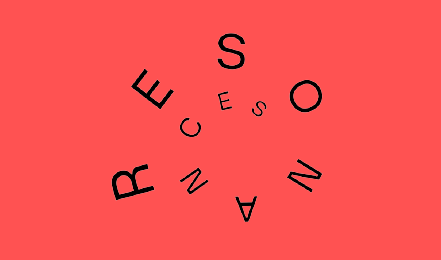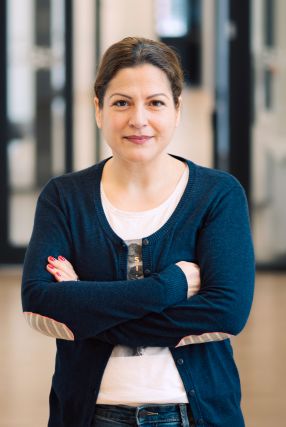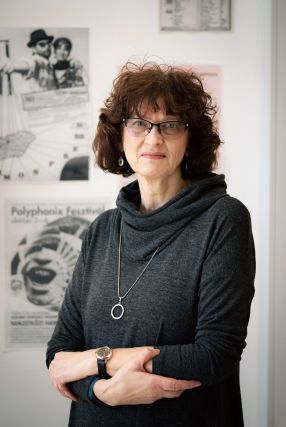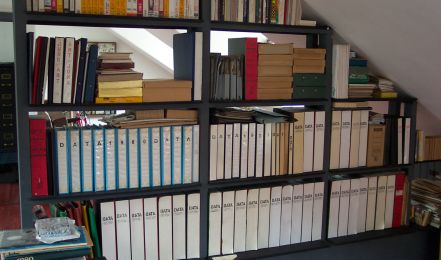‘70s’
Resonances
Regional and Transregional Cultural Transfer in the Art of the 1970s Project leader: Emese Kürti, Zsuzsa László The Resonances research project examines the historical relationships, interactions, collaborations, cultural-political-social differences and similarities between the art scenes of the Central and Eastern European region from the second half of the 1960s to the fall of communism. Between 2021 and 2023, the first phase of the project, …
Anita Voleszák-Szabó
… Catholic University as an art historian, specialising in the hyper-realist art of the 1960s and 1970s, and went on to study art management at MOME. She worked as an art assistant at Csók István Gallery, where she was responsible for the administration of exhibitions and contributed to the organisation of temporary exhibitions. In 2021, she joined the KEMKI Archive and Documentation Center (ADK) team, where she is in charge of the overall administration and organisation.
Júlia Klaniczay
… or author of several articles; researcher in the alternative art forms and activities of the 1970s and 1980s. From 1976 participant or assistant of many art projects concieved by György Galántai and realized in the framework of Artpool.
ArtMargins’ Resonances Special Issue
… “Regional Resonances: Transnational Aspirations in Central and Eastern European Art of the 1970s", the papers of Hana Buddeus, Zsuzsa László and Alina Șerban present an interconnected history of previously unexplored cross-border collaborations and friendships. The second part of the special issue, with essays by Emese Kürti, Cristian Nae and Małgorzata Miśniakewicz, is published in ArtMargins Print by MIT Press. Emese Kürti, Minorities as Hubs of Cultural Transfer: …
The Digital "Attic Archive"
… self-historicization projects, reflecting on the changing social and cultural conditions of the 1970s–2020s, within which the artist operated. As the archive is now dispersed across Scotland, Hungary, and Ireland, the project seeks to bring together archivists and curators from key collections to test the possibility of establishing a shared online, open-source platform. Functioning as an archival/curatorial space in which the historical threads of the Attic Archive can be retraced, …




